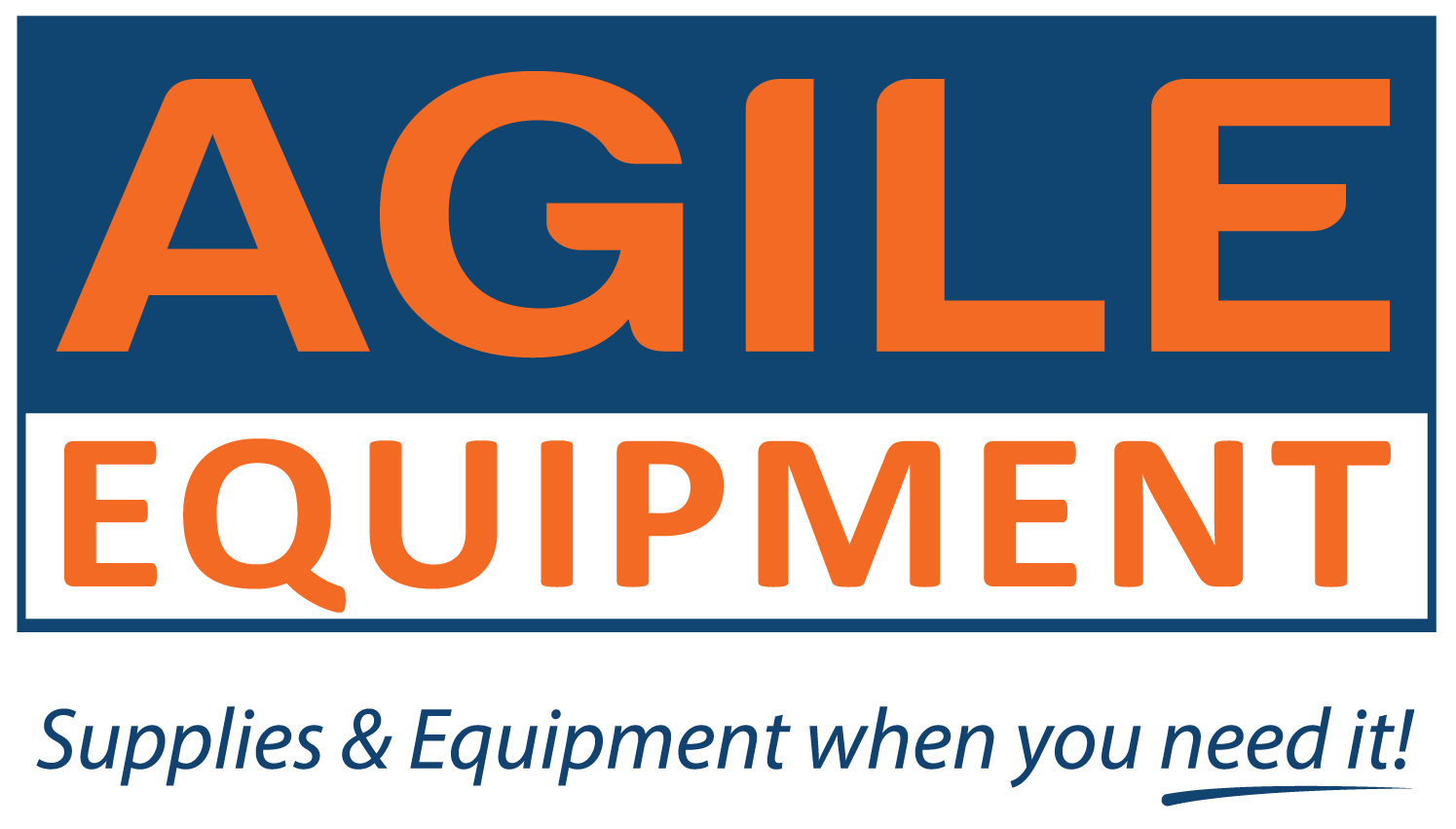What does a flood damage clean up look like?
Immediate action is required when water damage occurs at a property. The quicker the reaction, the less repair and costs are needed to fix the issue. But what is the process of water damage remediation?
Typically building water damage remediation will include the following steps:
- Inspection, Extent of water damage
- Water Extraction
- Damaged material removal
- Drying Equipment installation
- Remove drying equipment
- Ready for repairs
Let’s look into each of these to see what each entails.
Inspection – How much water and how far?
Upon discovery of water damage, it’s important to know what type of water has leaked in the property. This can be broken down into the following categories:
- Category 1: Clean water source (mains water supply, etc.)
- Category 2: Contaminated water (washing machine, dishwasher overflow etc.)
- Category 3: Grossly contaminated Water (sewage, storm water runoff, fish tank etc.)
Knowing what type of water has leaked in the property will change what will need to happen. Typically any porous building materials that have touched category 3 water will need replacing if economically viable.
Once that is established, water damage spread will need to be investigated. Knowing the spread of the water will affect how much drying will need to happen. The water spread can be tested using a Moisture meter and or Moisture sensor.
These meters work by measuring the electrical impedance of a material and thus indicate the amount of water in a material at a specific spot. Check out our moisture meters for hire!
Once this is all established, now it’s time to move onto the next step.
Water Extraction
Easily the most vital factor to minimising the amount of possible damage. Using water extraction, close to 80 or 90% of the water can be removed from the premises.
Skipping this step can make the drying process a lot more difficult. Depending on the amount of water ingress, there are a few choices when it comes to water extraction.
Portable extraction machines are the go to piece of equipment, however the same can be achieved by standard wet dry vacuums. If you need to remove large amounts of water upwards of thousands of litres, you may want to look into truck mounted extraction machines.
It is important to complete this step before removing damaged flooring/materials as this will prevent dripping water in other parts of the premises when carrying it out. It will also be a lot less heavier.
Damaged material removal (if needed)
If any materials (carpet, floorboards, skirting board) are damaged beyond repair, it will make the drying process a lot easier if they are removed prior to drying equipment being installed.
Once all standing water has been extracted, removal of damaged materials can begin. If there is a lot to remove, you may want to consider getting a rubbish skip delivered to site.
There is a possibility that floorboards may be dried in place (along with the concrete underneath) but this solution is not 100% guaranteed and requires an experienced professional to achieve.
Drying Equipment installation
The last 10-20% of water removal can be the trickiest to remove as this water will be the moisture that has been deeply bound in the materials. To achieve this drying we need two things, evaporation and dehumidification.
By installing both air movers (fans) and dehumidifiers, we can achieve optimal conditions for drying out building materials.
The amount of equipment you need will depend on a few factors such as size of affected area, type of materials that are wet, power restrictions, and temperature.
But a general rule to follow is that if a material is wet, it will require air movement along its surface, and the air being circulated needs dehumidification.
Although a material may be dry to the touch, it may still hold moisture within the material, a moisture meter should be used to determine if something is dry. Generally it will take 2-3 days to dry out building materials sufficiently, but every water damage job is different, and should be checked with a moisture meter to confirm if all materials have been dried sufficiently.
If you require drying equipment, take a look at our product pages. Available for hire in Brisbane, Sydney, and Melbourne.
Drying Equipment Removal
Once this has been confirmed, the equipment can be demobilised and repairs can begin. This typically includes repairs to skirting boards, replacement of any damaged flooring, splits or cracks in paint, replacement of swollen door framing, etc etc.

